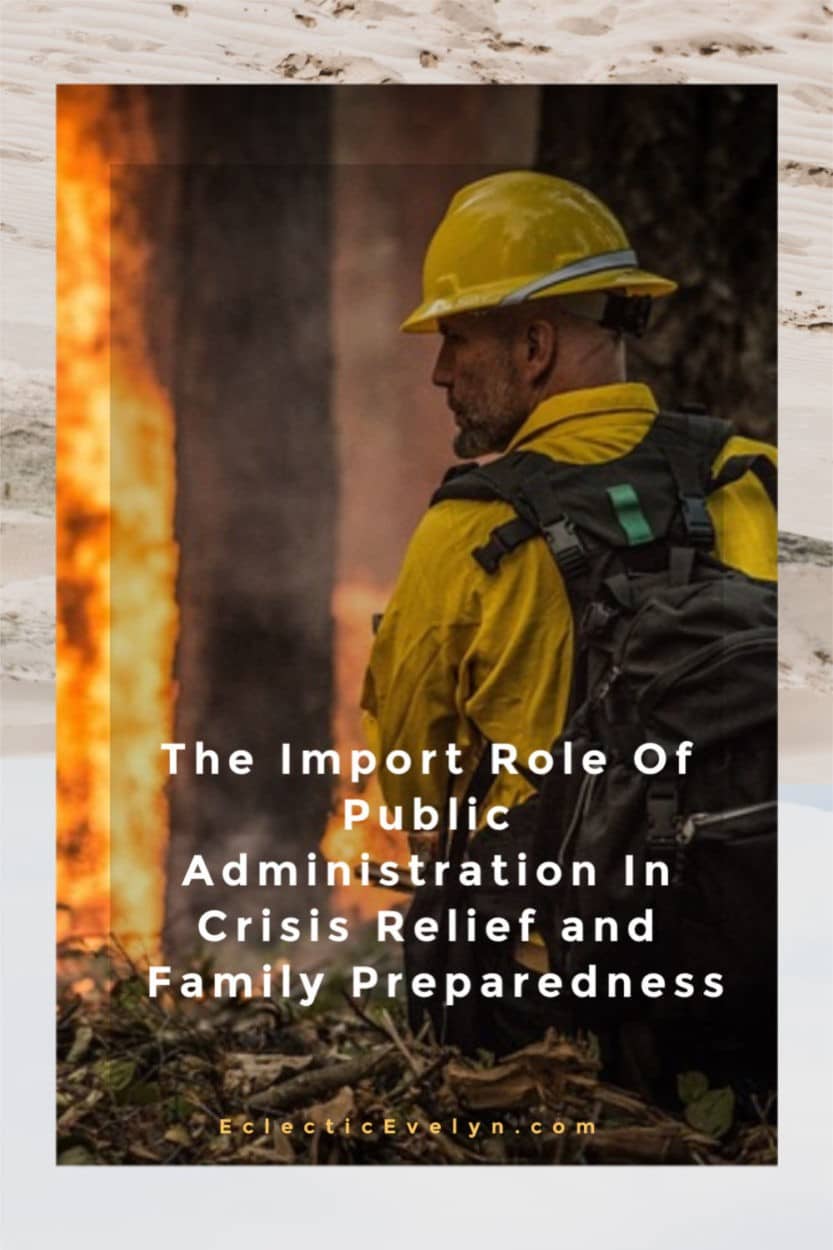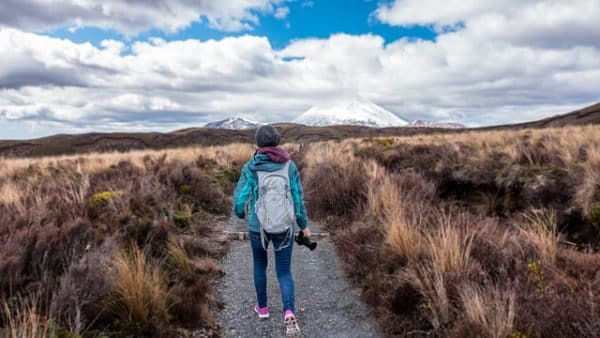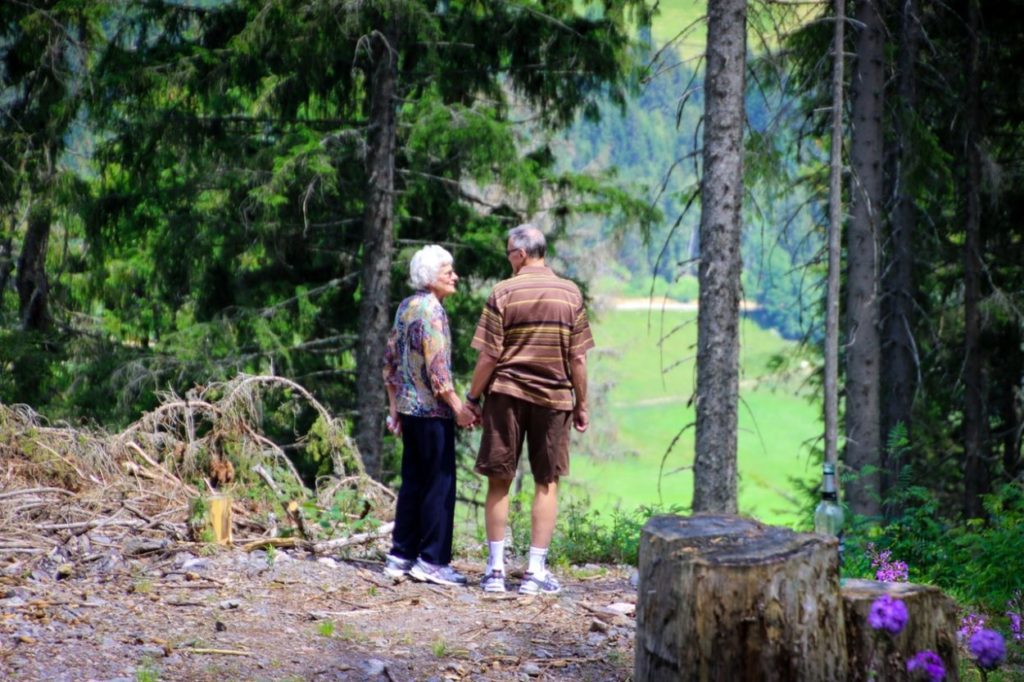Natural and manmade disasters happen all over the world, often with very little warning. As global warming’s effect is making natural disasters more commonplace, it has become vital for disaster management solutions to evolve to meet the need.
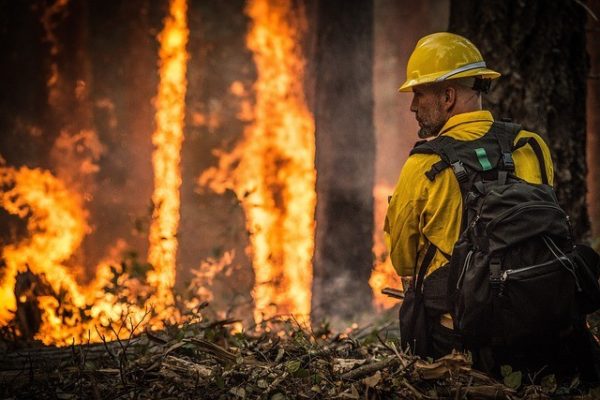
Between 2011 and 2013, the federal government spent over $135 billion on disaster relief. This equates to approximately $400 per household. The most significant threat, in terms of natural disasters, is climate change, with the risk of extreme weather conditions increasing the chances of flooding, storm damage, tornadoes, and hurricanes. The number of major disaster declarations in the US rose from 36 per year to 42 between 1994 and 2016.
Today, public administrators have a critical role to play in facilitating rapid responses and helping those in need. The infographic below explores different types of modern-day crises, highlighting the importance of public administration.
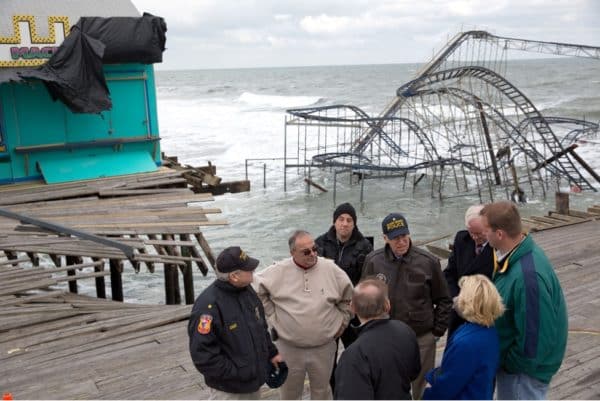
There are four key stages involved in the effective management of crises, including prevention, preparedness, response, and recovery. Prevention is always better than cure, but even in cases where local, regional or national governments are proactive, there is still a risk of damage both to property and peoples’ livelihoods. If it’s not possible to prevent a situation, the key lies in promoting safety and being prepared for what is to come. Effective planning and resourcing can aid clean-up operations and facilitate a speedy recovery.
The infographic uses recent responses to fire emergencies and flooding to outline the impact of public administration. In 2016, for example, a major disaster was declared in West Virginia to protect people from severe flooding. Thousands of people were evacuated, specialist teams were deployed and support for victims was provided by numerous local non-profits, the WV Council of Churches, and the American Red Cross.
As technology advances, public administrators have access to a wider range of resources and systems that can aid disaster relief and improve response times.

Infographic Created By Norwich University
Don’t wait for a disaster to happen. Prepare your family now for what might happen.
You can purchase an emergency kit like the one above from Amazon or you can make your own. Ready.gov has lots of free resources to help you and your family prepare for any emergency. You can also download this free checklist from FEMA that will assist you in building a preparedness kit.
Family Emergency Kit Checklist
Are you prepared?
Do you know who to contact in a crisis?

